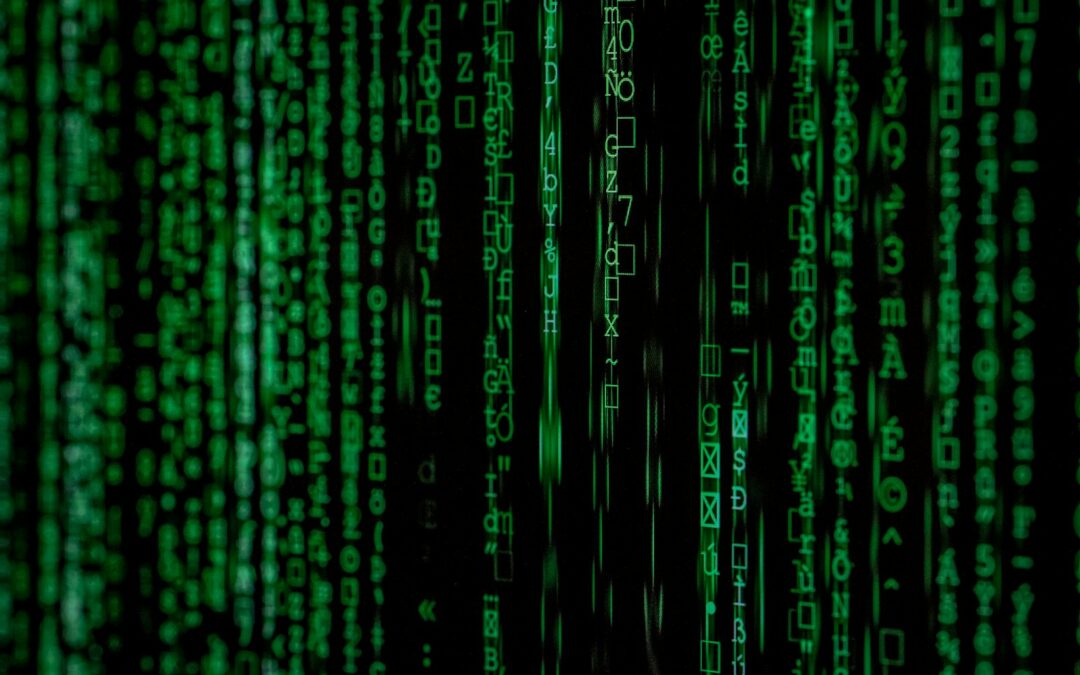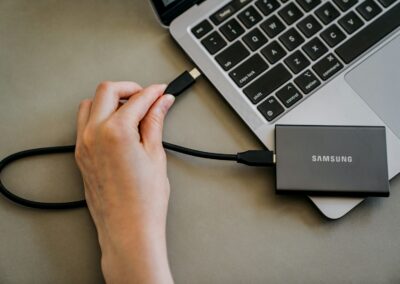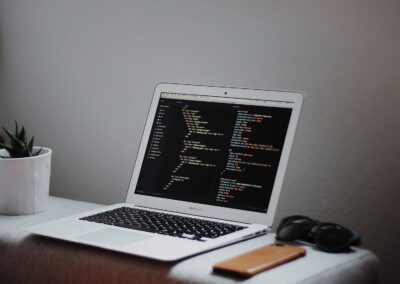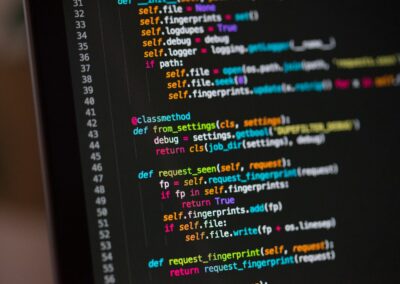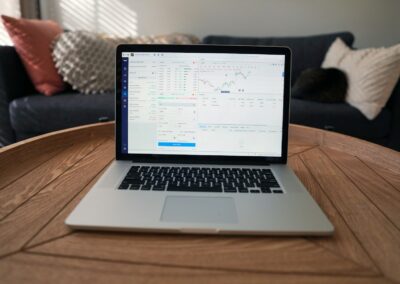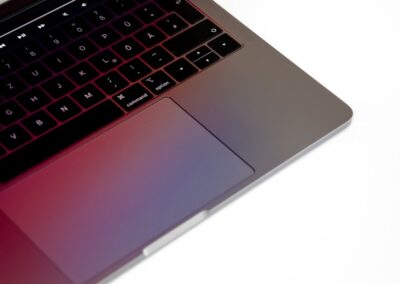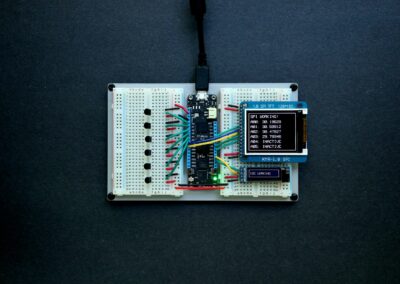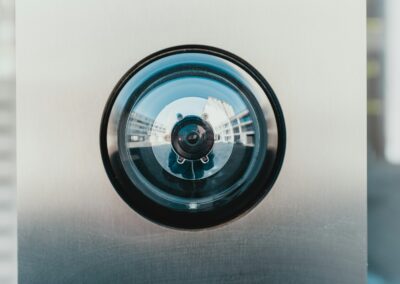The Role of Privacy-Preserving Data Perturbation in IoT Analytics
Understanding Privacy-Preserving Data Perturbation
Privacy-preserving data perturbation in IoT analytics is a technique that allows organizations to protect sensitive information while still extracting valuable insights. This method involves altering the data in a controlled manner so that the privacy of individuals or entities is safeguarded without compromising the overall utility of the data. For businesses in regions like Saudi Arabia and the UAE, where data privacy regulations are stringent, implementing such techniques is not just a compliance measure but a critical component of building trust with stakeholders.
Protecting Sensitive Information Through Data Perturbation
Privacy-preserving data perturbation techniques are crucial for ensuring that sensitive information is not exposed during data analysis in IoT systems. These techniques work by introducing slight modifications to the data, making it difficult for unauthorized parties to extract meaningful information while maintaining the data’s overall structure and utility for analysis. For instance, in smart cities like Riyadh and Dubai, where IoT devices are increasingly integrated into daily life, data perturbation can prevent the identification of individuals in datasets related to public transportation, energy usage, or healthcare. By using these methods, organizations can analyze large datasets without compromising privacy, thereby meeting both operational and regulatory requirements.
Methods of Data Perturbation Suitable for IoT Analytics
Several methods are suitable for implementing privacy-preserving data perturbation in IoT analytics, each offering different levels of privacy protection and data utility. One common approach is noise addition, where random noise is added to the original data, making it difficult for unauthorized users to extract precise information. Another method is data masking, which involves replacing sensitive data with artificial values or generalizing the data to a less specific level. Differential privacy is another advanced technique that provides strong privacy guarantees by ensuring that the inclusion or exclusion of a single data point does not significantly affect the overall analysis outcome. For organizations in the UAE and Saudi Arabia, choosing the appropriate method depends on the specific use case, the sensitivity of the data, and the desired balance between privacy and data utility.
Implementing and Optimizing Privacy-Preserving Techniques in IoT Systems
Challenges in Implementing Data Perturbation Techniques
While privacy-preserving data perturbation techniques offer significant benefits, their implementation in IoT systems comes with challenges. One of the primary concerns is the trade-off between data utility and privacy. Excessive perturbation can render data useless for analysis, while insufficient perturbation may not provide adequate privacy protection. Additionally, the diverse nature of IoT data, which includes everything from sensor readings to user interactions, makes it difficult to apply a one-size-fits-all approach. Organizations in Riyadh, Dubai, and other tech-savvy regions need to carefully assess their data types and choose the most appropriate perturbation techniques to ensure both privacy and data utility are maintained.
Best Practices for Integrating Privacy-Preserving Data Perturbation
To successfully integrate privacy-preserving data perturbation in IoT analytics, businesses should follow best practices that ensure both effective privacy protection and data utility. Firstly, it is essential to conduct a thorough risk assessment to understand the sensitivity of the data and the potential privacy risks. Based on this assessment, organizations can select the most suitable perturbation techniques, such as noise addition, data masking, or differential privacy. Additionally, continuous monitoring and adjustment of the perturbation parameters are crucial to maintain an optimal balance between privacy and utility. In regions like Saudi Arabia and the UAE, where regulatory compliance is a significant concern, ensuring that the chosen techniques align with local and international data protection standards is critical.
Future Trends in Privacy-Preserving IoT Analytics
The field of privacy-preserving data perturbation in IoT analytics is rapidly evolving, with new techniques and technologies emerging to address the growing privacy concerns associated with IoT deployments. One such trend is the integration of machine learning algorithms with privacy-preserving techniques to enhance the accuracy and efficiency of data analysis while maintaining privacy. Another emerging area is the use of blockchain technology to create decentralized, tamper-proof logs of data access and perturbation activities, providing an additional layer of security and transparency. For businesses operating in advanced markets like Dubai and Riyadh, staying ahead of these trends will be essential to maintaining a competitive edge and ensuring the privacy of their customers’ data in the increasingly connected world of IoT.
#IoTSecurity #DataPrivacy #DataPerturbation #PrivacyPreserving #IoTAnalytics #SaudiArabia #UAE #Dubai #Riyadh #ModernTechnology

